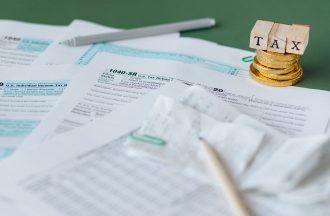
Retirement Plans for the Self-Employed
When you are self-employed, you get a lot of perks that your regularly-employed friends can only dream of: You can make your own hours, set your own pay, work on the projects of your choosing, and so on. That you don’t have a jerk boss is icing on the cake.
But, to quote the Wizard of Oz, one thing they’ve got that we haven’t got is a retirement plan. Well, you might have one if you own your own business, but the fact is, most self-employed people do not. And that’s too bad because you can both save a lot of money and get ready for retirement by having one.
But, to quote the Wizard of Oz, one thing they’ve got that we haven’t got is a retirement plan.
Basically, self-employed entrepreneurs can divert pretax dollars into a few different types of retirement savings accounts to reduce their yearly taxable income, but they are not all created equal.
Here are your best bets
1. Keogh plans. A Keogh retirement plan allows self-employed taxpayers to contribute significant sums every year to a tax-free account. Keoghs are fairly complicated to create, and the assistance of a financial advisor is required. However, there are several benefits to starting a Keogh retirement plan:
* Contributions are deducted from gross income.
* Taxes are deferred until the money is withdrawn.
* Interest earned is also tax deferred until withdrawn.
* Contribution amounts are more liberal than those for IRAs.
2. Solo 401(k). This plan is great because of its high contribution limit. Like a Keogh, a solo 401(k) allows you to contribute tens of thousands into your retirement account, but with this type of account, the amount you can contribute rises as you get older.
2. SEP IRAs. A simplified employee pension individual retirement account, or SEP IRA, is a plan that allows you to contribute and deduct up to 20 percent of your income into a tax-deferred retirement account. SEPs are indeed simple: They can be created in a few minutes at a bank or brokerage house with no professional help, and no annual government reports are required. They beat regular IRAs because they allow for larger contributions.
There is one more important thing to understand about your retirement plan: If you do set up a Keogh, solo 401(k), or SEP, you have to offer it to any employees you have as well. This means you will likely need to make contributions beyond your own. Therefore, you should consult with an employee benefits professional before setting up any sort of retirement plan for you and your employees.
And the one plan you may not want
You may be tempted to set up a Roth IRA as well. Although a Roth IRA is a good choice for retirement purposes, it does little good for your business, as contributions are not tax deductible.








